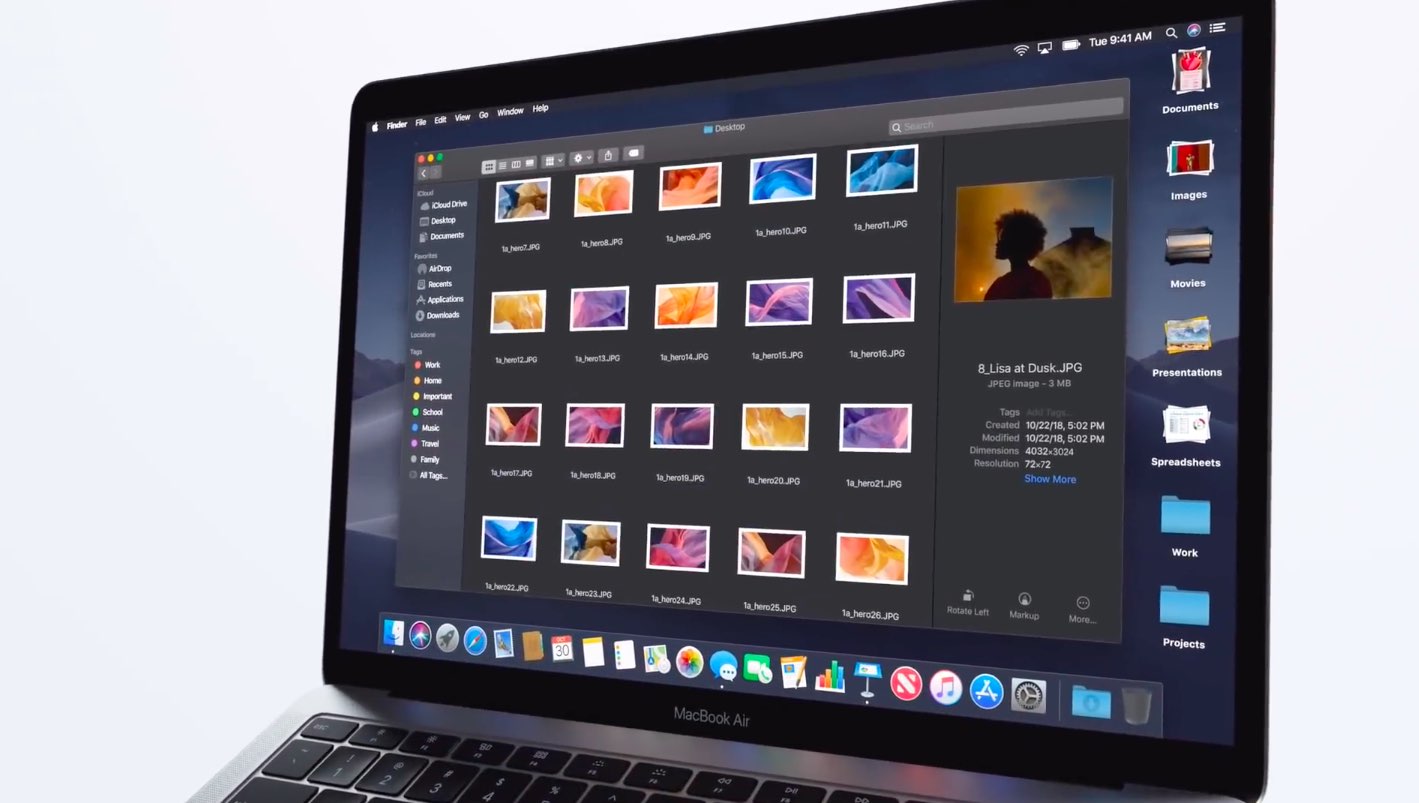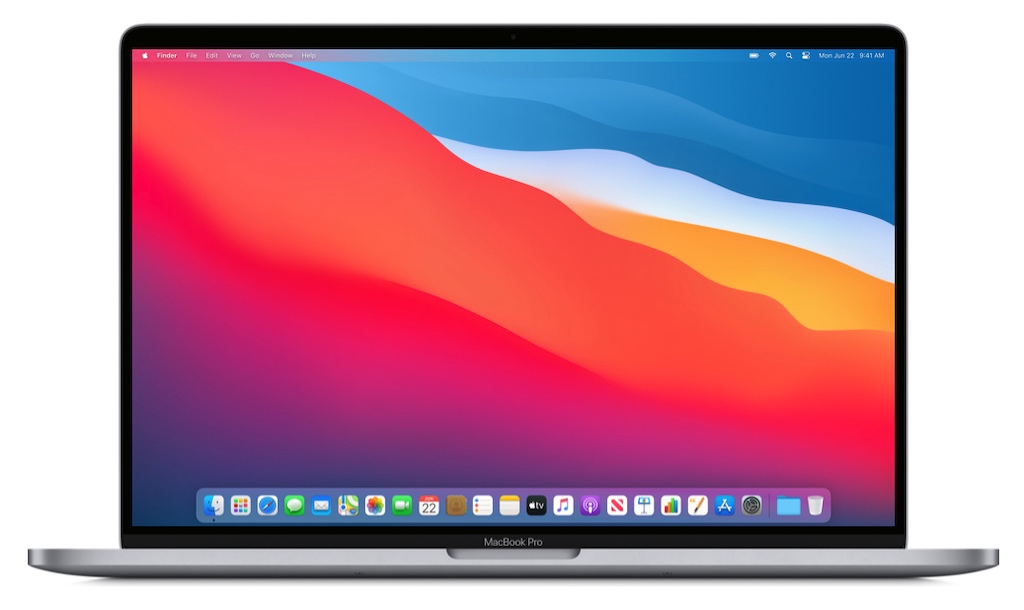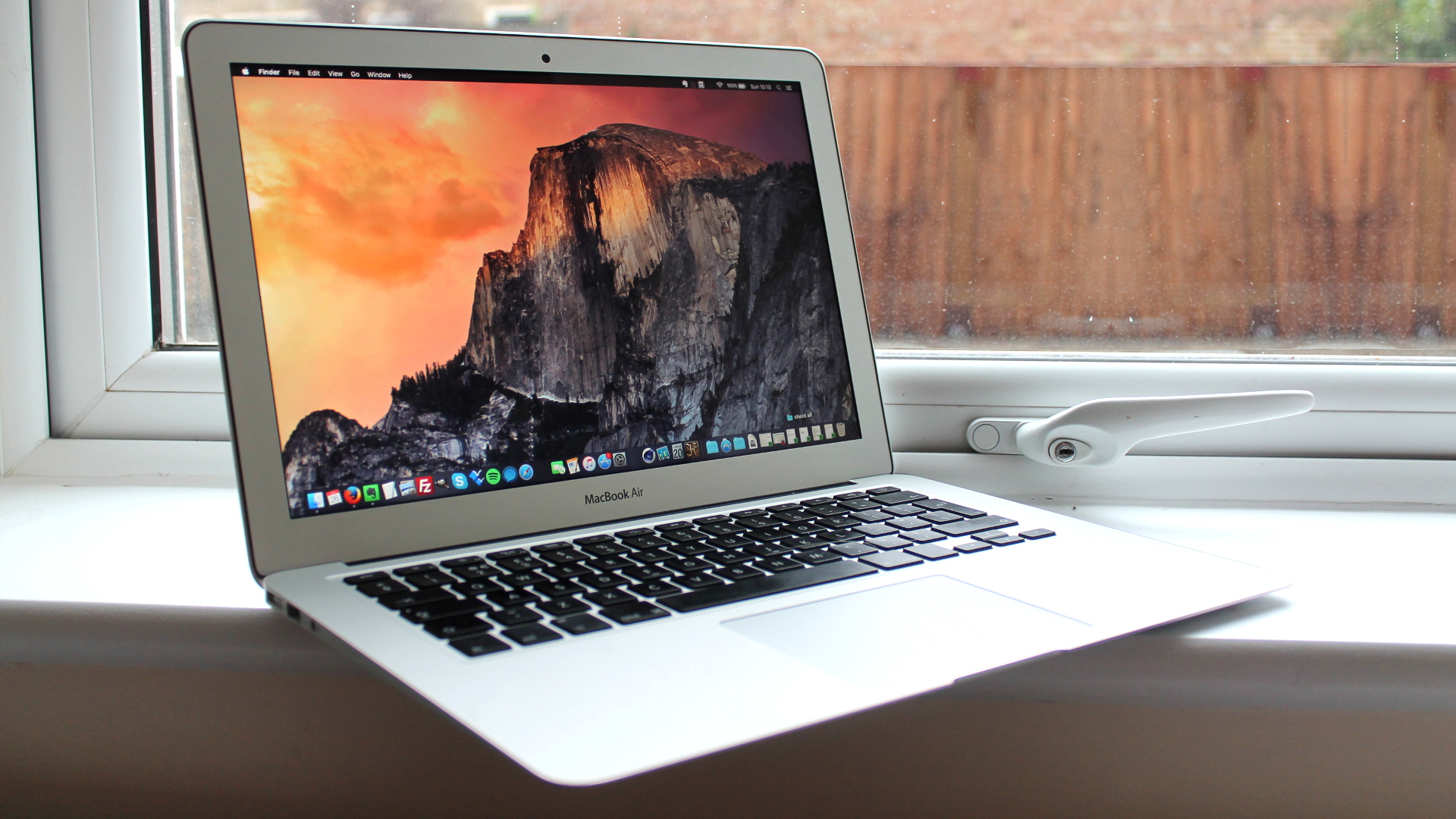

In our example, only one update is available at this time, but every item follows the same format, as shown: Available updates always appear as items in a list. Now let's take a look at the command's output. If no updates are available, you'll be returned to the command prompt.

Users with older Macs in particular will likely appreciate this tip, as it saves having to fire up the Mac App Store altogether, which can be slow-going and sometimes even downright unresponsive. In our tests, we found that this method was capable of shaving off several minutes of idle time during installation restarts, but that the time-saving depends on the machine and the update in question.

The process involves a simple Terminal command, and allows you to continue using your Mac as the update downloads and the initial software installation takes place in the background. If you're sick of waiting for the progress bar to complete every time you reboot after a macOS software update, then you'll be pleased to learn there's another way to update your Mac that could potentially reduce your downtime.


 0 kommentar(er)
0 kommentar(er)
